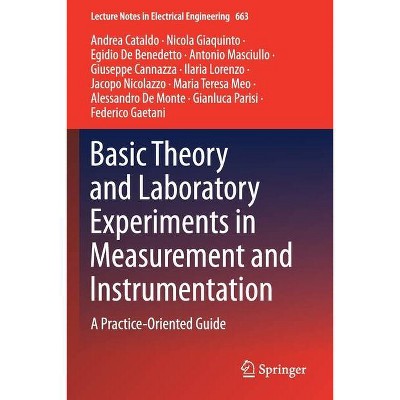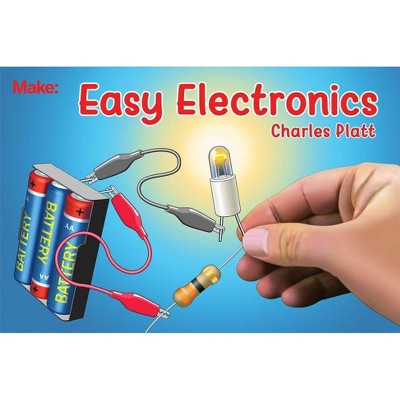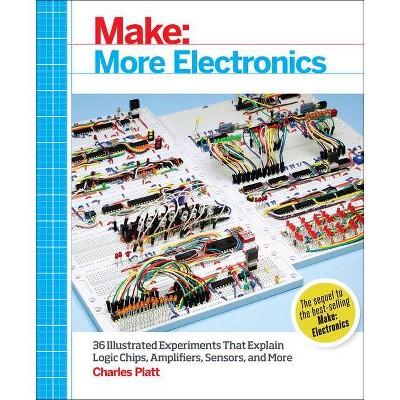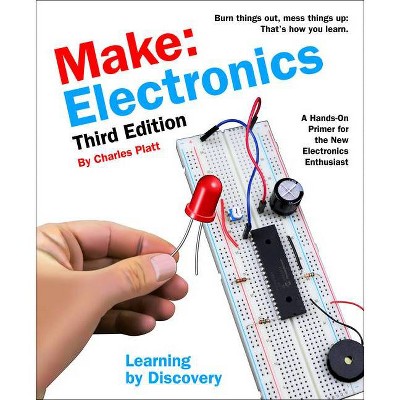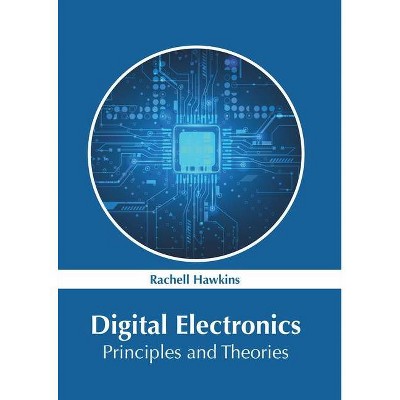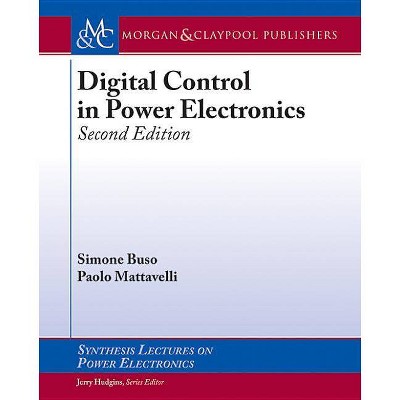Digital Electronics and Laboratory Computer Experiments - by Charles Wilkins (Paperback)
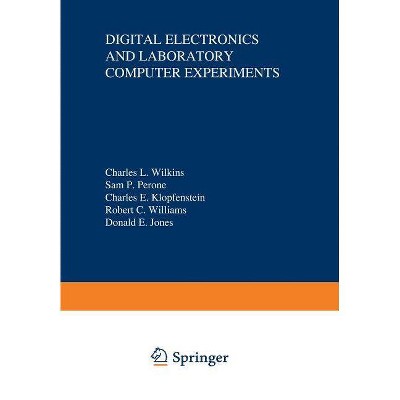
Similar Products
Products of same category from the store
AllProduct info
<p/><br></br><p><b> Book Synopsis </b></p></br></br>Science undergraduates have come to accept the use of computers as commonplace. The daily use of portable sophisticated electronic calculators (some of them rivaling general-purpose minicomputers in their capa bi li ti es) has hastened this development. Over the past several years, computer- assisted experimentation has assumed an important role in the experimental laboratory. Mini- and microcomputer systems have become an important part of the physical scientist's array of analytical instruments. Prompted by our beliefthat this was an inevitable development, we began several years aga to develop the curricular materials presented in this manual. At the outset, several objectives seemed important to uso First, insofar as possible, the experiments included should be thoroughly tested and error free. Second, they should be compatible with a variety of laboratory- computer, data-acquisition, and control systems. Third, little or no previous background in either electronics or programming should be necessary. (Of course, such background would be advantageous. ) To satisfy these objectives, we decided to adopt a widespread high-level computer language, BASIC, suitably modified for the purpose. Furthermore, we have purposely avoided specifying any particular system or equipment. Rather, the functional characteristics of both hardware and software required are stipulated. The experiments have been developed using Varian 620 and Hewlett-Packard 2100 series computers, but we believe they are readily transferable to other commonly available computer systems with a minimum of difficulty.
Price History
Price Archive shows prices from various stores, lets you see history and find the cheapest. There is no actual sale on the website. For all support, inquiry and suggestion messages communication@pricearchive.us
